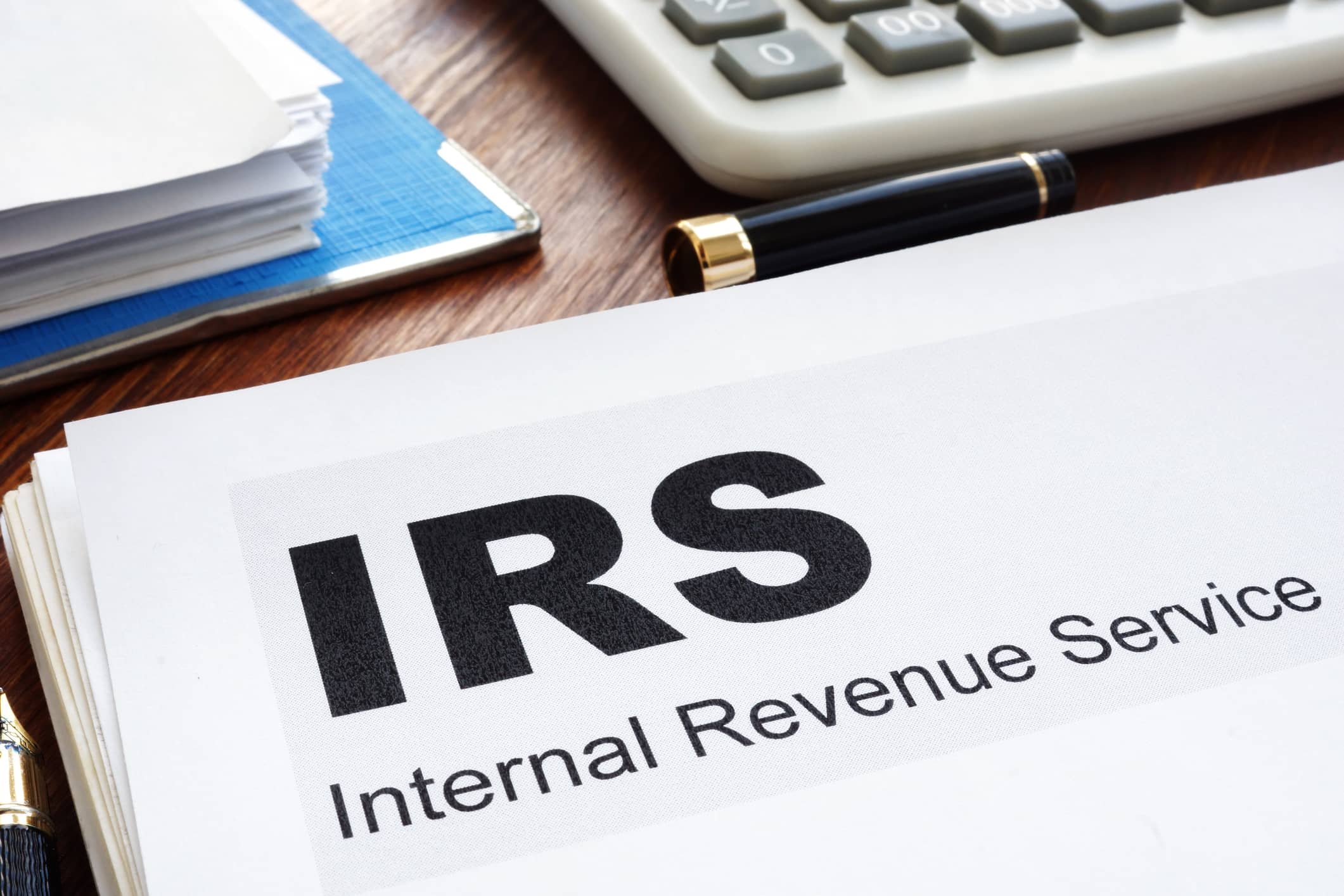The IRS added six new schedules that some taxpayers will file with the 2018 Form 1040 (which replaced the old 1040, 1040EZ, and 1040A). Some commonly used lines on the prior year’s 1040 are now included on Schedules 1 through 6. These new schedules do not replace existing schedules—such as Schedule A and Schedule C—they are in addition to those schedules. Taxpayers will still essentially report the same tax information they always have, they will just use more schedules to report additional information rather than including it all on the main Form 1040.
Here’s the guide the IRS provided to help taxpayers determine which schedules they may need to file, if any:
Schedule 1: Additional Income and Adjustments to Income
Taxpayers use this schedule to report income or adjustments to income that can no longer be entered directly on Form 1040. This includes capital gains, unemployment pay, prize money, and gambling winnings. This also includes the student loan interest deduction, self-employment tax, and the IRA deduction.
Schedule 2: Tax
This schedule is used by taxpayers in specific situations. Those who owe alternative minimum tax (AMT) or need to make an excess advance premium tax credit repayment will file this schedule.
Schedule 3: Nonrefundable Credits
Taxpayers use this schedule to report nonrefundable credits other than the child tax credit or the credit for other dependents. These include the foreign tax credit, education credits, and general business credit.
Schedule 4: Other Taxes
Taxpayers use this schedule to report certain taxes including self-employment tax, household employment taxes, tax-favored accounts, and additional tax on IRAs and other retirement plans.
Schedule 5: Other Payments and Refundable Credits
Taxpayers who claim specific refundable credits or have other payments to claim will file this schedule. These other payments include payment made when the taxpayer requests an extension, payment of excess Social Security, estimated payments for the current year, and any overpayment.
Schedule 6: Foreign Address and Third Party Designee
Taxpayers use this schedule to enter a foreign address. Anyone who wants to allow someone other than their paid preparer to discuss their tax return with the IRS will also file this schedule.
For more details about what items fall under these new schedules, check out the IRS website.
If you’re interested in more information about IRS forms, check out Canopy’s YouTube page where we offer tons of form videos.








Get Our Latest Updates and News by Subscribing.
Join our email list for offers, and industry leading articles and content.